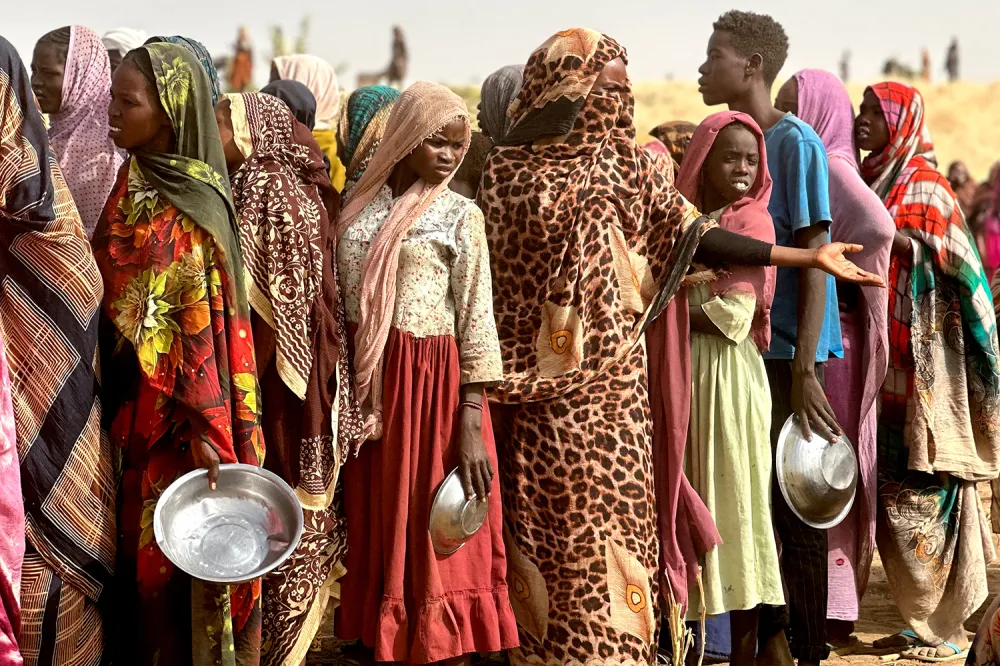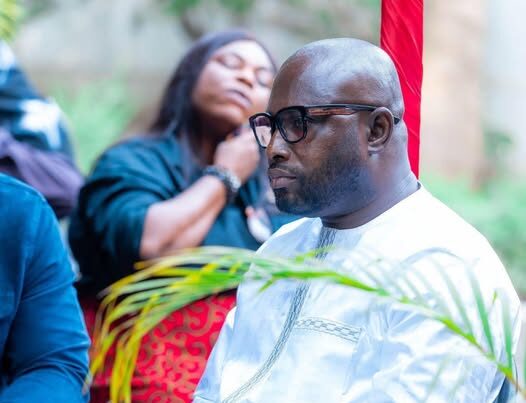Copyright Foreign Policy

As world leaders prepare for COP30, the annual United Nations climate conference, the event is being framed by this year’s host country, Brazil, as a historic opportunity to combat hunger. Brazilian President Luiz Inácio Lula da Silva’s vision builds on Brazil’s G-20 agenda that launched last year. It champions the use of climate funds to boost global agricultural production and social protections to better protect countries facing climate change-related hunger. Brazil’s focus on food security is welcome, especially as droughts, floods, heatwaves, and shifting agricultural growing seasons—exacerbated by climate change—are undermining global livelihoods and food access, and as international targets for hunger, food security, and malnutrition are well off-track. But there’s a dangerous omission in Brazil’s vision: conflict. By treating hunger as only a technical problem of production and access, ignoring the political realities of conflict, global climate diplomacy risks adopting an approach that will leave the most vulnerable behind. In places experiencing conflict, whether in Sudan, Gaza, or Haiti, hunger is not primarily a failure to produce food but a political crisis rooted in insecurity, contested authority, and weak institutions. No amount of improved global crop yields or cash transfers will end hunger when people cannot access food—either because local economies have degraded, markets have been disrupted, or violence has prevented people from visiting markets. Likewise, in these places, the fact that a flood or drought can become a disaster is not because they have bad luck with the weather. People living with conflict are particularly vulnerable to the impacts of climate change for the same reasons that they cannot access food: because conflict and fragility have undermined the ways in which people cope with shocks. Yet the overlap between conflict and climate vulnerability remains an inconvenient truth in diplomatic circles because nobody wants to invest in places considered too risky for climate and development funds. Extremely fragile or conflict-affected countries are routinely excluded from global climate finance mechanisms and long-term adaptation strategies, overlooking the very real risks of not investing in fragile places—and the exorbitant costs of delaying investment. By one estimate, in 2022, fragile countries received at most only 26 percent of the finance they need to adapt to the climate crisis. In recent years, however, political momentum has grown around the need to focus climate efforts on conflict-affected countries. COP28, held in 2023, featured the first thematic day on the topic. It also saw 94 countries sign the declaration on Climate, Relief, Recovery and Peace, calling for “bolder collective action” to scale up climate finance to fragile countries. (Brazil, notably, did not sign it.) At COP29 last year, a dozen countries—Chad, Somalia, and Yemen among them—launched the first climate network led by conflict-affected countries and called for at least $20 billion annually to meet climate adaptation needs. “Our message to all countries is clear: We can no longer afford to ignore this,” said Tawfeeq al-Sharjabi, Yemen’s minister of water and environment, in a speech. “The blind spot in climate finance poses an existential threat to developing countries and … is a clear dereliction of duty by the international community.” Though Brazil has grand ambitions to lead the global south, it has been reluctant to link climate vulnerability with conflict. So, too, have its fellow BRICS members Russia and China, which have vetoed related motions at the United Nations and in climate negotiations, arguing that addressing conflict risks “securitizing” climate action or infringing on national sovereignty. This is despite the fact that the objective of climate finance for conflict-affected states is not about the causes of conflict or even the conduct; it’s about ensuring communities at the front lines can respond to the climate crisis. Similarly, during its G-20 presidency, Brazil deliberately sidelined the role of conflict in the climate-hunger nexus, opting instead for a consensus-oriented, development-focused framing that avoided politically sensitive terms such as fragility, conflict, and violence. Its flagship initiative, the Global Alliance against Hunger and Poverty, consciously avoids references to armed conflict and fragility as root causes of hunger. This creates a stark contradiction: A leader confident enough to rebuke major powers over wars in Gaza and Ukraine is simultaneously sidelining the very issue that connects those conflicts to his core climate-hunger agenda. One reason for this omission seems to be because Brazil is keen to protect its own access to climate finance. In the U.N. Framework Convention on Climate Change and the Paris Agreement, Brazil and other countries—China and India among them—are classified as developing countries, which makes them eligible to receive funds rather than provide them. Recognizing the unique vulnerabilities that fragile countries face would risk channeling funds specifically to those states and divert resources away from large emerging economies such as Brazil’s. Brazil’s reluctance is also likely shaped by domestic political imperatives. The Lula administration is betting big on agriculture to drive higher growth, and promoting the expansion of global food production supports this goal. Though excluding conflict from COP30 may strengthen Lula’s domestic support and global north-south solidarity, it threatens to unravel years of hard-won progress—and to entrench the climate vulnerabilities that signatories to the Paris Agreement, including Brazil, are committed to reduce. Some have argued that bringing conflict into the climate agenda risks overloading an already contested negotiation process. They have a point; the graves of past COPs are littered with overambitious plans. But acknowledging that conflict and fragility deepen climate vulnerability is not about dragging global security debates into the halls of COP30. It is about facing an uncomfortable truth: The communities caught in the double bind of climate impacts and conflict are precisely the ones that need help the most. COP30’s proposed focus on social protection schemes and agricultural reforms may help in stable contexts, as Brazil’s success story shows, but that will not work for countries in crisis. In fragile settings, hunger is political: Conflict and contested authority decide who eats, who farms, and who gets access to aid. COP30 must confront this reality by prioritizing climate finance that works in contexts of instability, rather than assuming that technical solutions alone can close the gap. This should be the COP that sends climate finance to the places and people that need it most. This involves leading the push for multilateral development banks and climate funds to overhaul their outdated, zero-tolerance risk models; ensuring a significant share of the new Loss and Damage Fund and other adaptation finance is explicitly earmarked for conflict-affected communities; and making sure that investments focus on people, not states. Increased climate finance alone can’t fix the political problems underlying climate vulnerability in fragile states. But in the right hands, it can help communities build long-term resilience to better absorb and adapt to shocks.



